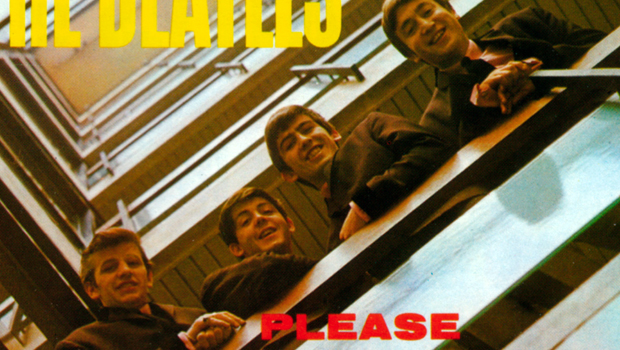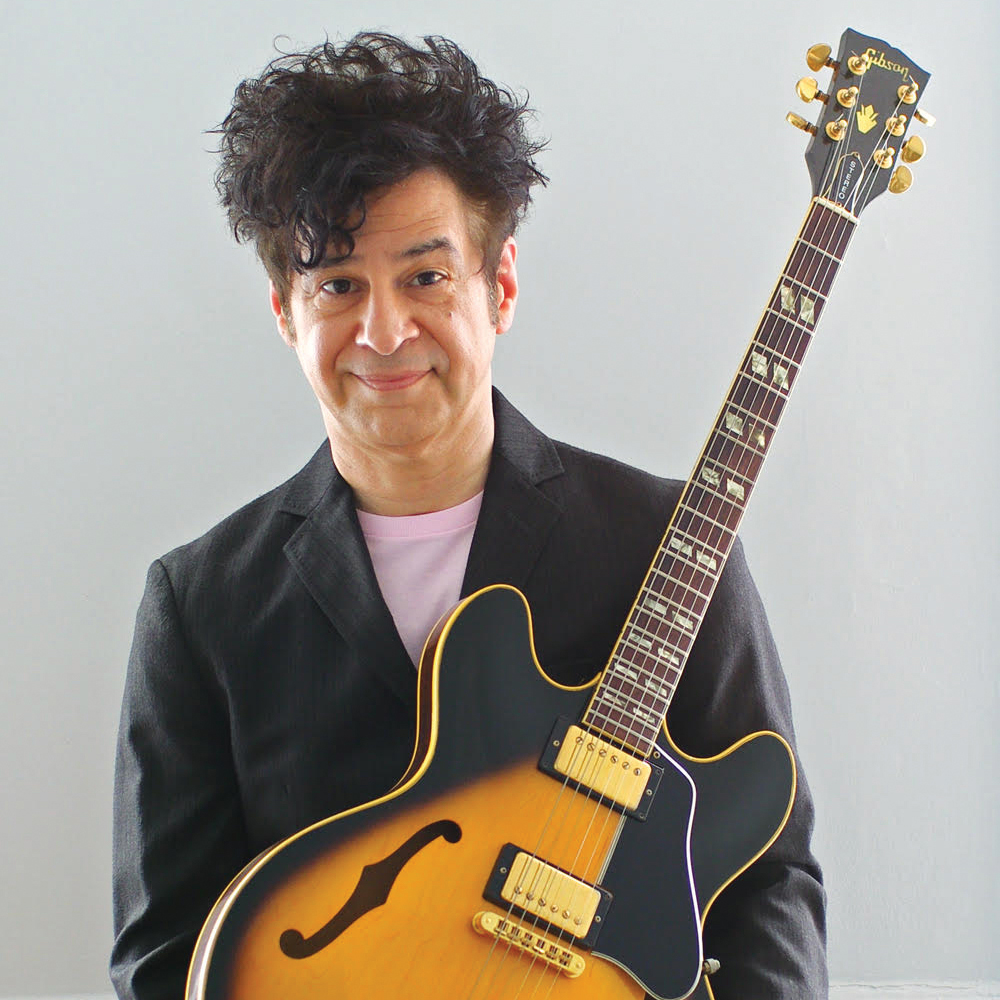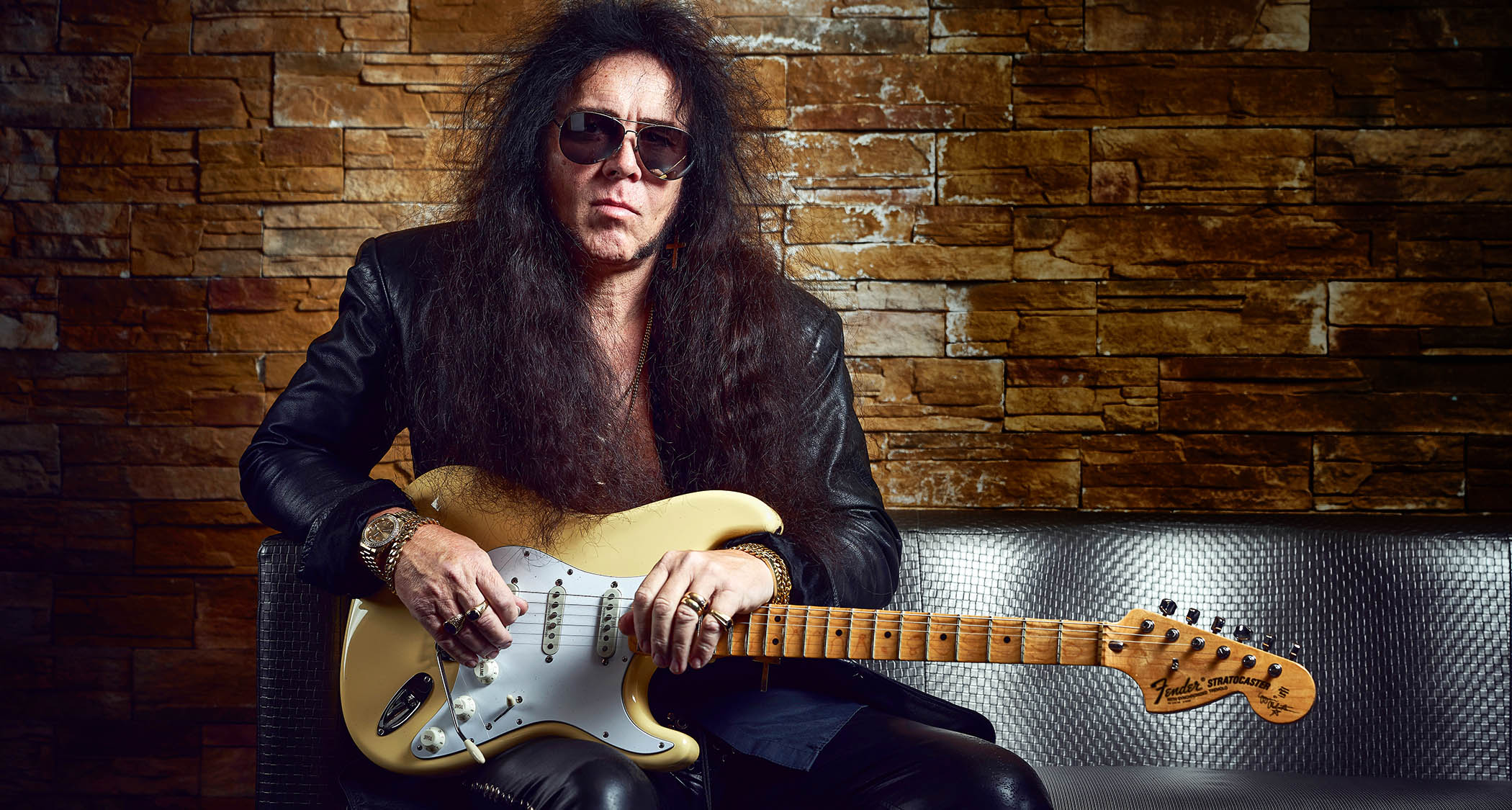Musician's Guide to the Songs and Instruments Featured on The Beatles' 'Please Please Me' Album

The Beatles’ career spanned a period of radical change in studio technology.
Between the time of their first recordings, in 1962, and their last, in 1970, the process of making records became increasingly complex, as multitrack tape recorders, improved audio circuitry and sophisticated signal-processing equipment became available.
To listen to the Beatles’ debut album, Please Please Me, is to hear the sound of a world-class recording facility — EMI’s Abbey Road Studios — at the dawn of this technological revolution.
- Making records in 1962 was a fairly straightforward endeavor, especially if you were a pop group like the Beatles. Recordings
- were essentially taped performances made in a studio with some degree of control over ambient factors like noise and sound-wave
- reflection.
A group went in and played its song a few times until the producer was satisfied with the results. Overdubs were a luxury — most pop recordings made at Abbey Road were tracked on BTR2 one- or BTR3 two-track tape recorders. If you wanted to add vocals or instruments to the recording, the original tape would be recorded onto another tape deck while the new part was performed live. Fourtrack machines with overdubbing capability were available, but they were reserved for classical sessions, which by nature were more complicated to record.
Abbey Road’s mixing consoles, while sophisticated for their time, were likewise rudimentary. The eight-channel REDD.37 mixer, used on Beatles sessions prior to 1964, had boost and cut controls for the treble and bass frequencies, but an engineer could not select a specific frequency to boost or attenuate.
If more frequency control was needed or desired, Abbey Road had a range of external boxes that could be plugged into the mixer’s channels. These included EMI’s RS127 Presence Box, which provided 10db of boost or cut at 2.7kHz, 3.5kHz or 10kHz, and various studio-built plug-in boxes with preset EQ curves to boost or cut specific frequencies.
There were a few other resources at an engineer’s hands. Abbey Road had built its own compressor/limiter, the TD114 (used on all Beatles recordings up through A Hard Day’s Night), to keep dynamic levels in check. Furthermore, ambience could be added via an EMT 140 plate reverb or one of Abbey Road’s three echo chambers, but most of today’s commonly used electronic effects were nonexistent at the time.
Get The Pick Newsletter
All the latest guitar news, interviews, lessons, reviews, deals and more, direct to your inbox!
Such was the state of recording technology when the Beatles entered Abbey Road’s Studio Two to make their first recordings. They had some studio experience — in 1961, while in Hamburg, they’d cut a number of songs as the backup group to pop singer Tony Sheridan — but they had much to learn about making records. They got a lesson on their first Abbey Road session, on September 4, 1962, while making their debut single, “Love Me Do.” In live performance, John Lennon would handle the song’s payoff line, “Love me do,” switching to his harmonica in midsentence to play the tune’s signature melodic refrain. This was fine onstage, but it wouldn’t fly in the studio.
“‘You’re going to have a song called ‘Love Me waahh,’ ” Paul McCartney recalls producer George Martin saying. The harmonica could have been dubbed onto the track afterward, but Martin saw no need to take this laborious and time-consuming step for an unproven pop group. Instead, he had McCartney sing the vocal line while Lennon wailed away on his harmonica. “I can still hear the shake in my voice when I listen to that record,” McCartney says. “I was terrified.”
Released on October 5, 1962, “Love Me Do”/“P.S. I Love You” failed to generate much interest outside of the Beatles’ hometown of Liverpool. But greater success came with the follow-up single, “Please Please Me”/“Ask Me Why,” which on February 22, 1963, reached the top spot on singles charts compiled by Melody Maker and New Musical Express. With a hit group suddenly on his hands, Martin worked quickly to get an album in the shops.
“It was obvious, commercially, that once ‘Please Please Me’ — the single — had been a success, we should release an LP as soon as possible,” Martin says. “I asked them what they had which we could record quickly, and the answer was their stage act.”
In fact, the album that became Please Please Me almost wasn’t recorded at Abbey Road at all.
Martin and Norman Smith (who engineered all the group’s records up to Revolver) briefly considered recording it live at the Cavern, the Liverpool club where the Beatles were local heroes and where manager Brian Epstein had “discovered” them. They were, above all, a powerful live group, and Martin hoped to capture that energy on record. “[I thought] if we can’t get the right sound [at the Cavern],” Martin says, “we might do the record somewhere else in Liverpool or bring an invited audience into the studio in London.”
Although they eventually decided to cut the album in Abbey Road without an audience, Martin and Smith were determined to create a more “live” studio sound than was typical for the time. To that end, Smith used minimal sound isolation around the instruments and allowed leakage among the microphones.
“The secret [to my sound] was that I placed microphones sometimes as far away as 20 feet from the amplifiers,” the late engineer said. “I would stand down in Number Two Studio and listen to the boys, and I would hear this ambience, and I thought, That’s the sound I want to get.”
Martin and Smith had clearly put much thought into planning the Beatles’ debut album. Now it was up to the group to deliver. On Monday, February 11, 1963, the Beatles entered Abbey Road’s Studio Two to do just that. Martin decided that they would record 10 tracks in one day, which he could then combine with the four sides from their first two singles to create an album’s worth of material.
The assignment wouldn’t have been easy under any circumstances, but the Beatles were especially ragged from a heavy gigging schedule that took them throughout the country during a bitterly cold winter. Lennon had a bad cold, an astonishing revelation considering the power and clarity of his vocals throughout Please Please Me. But with an apothecary’s jar full of Zubes throat lozenges and, incongruously, packs of Peter Stuyvesant cigarettes, the group settled in for the day’s work.
Not surprisingly, the Beatles relied on their stage gear for these early recordings. George Harrison played his 1957 Gretsch 6128 Duo Jet, Lennon used his 1958 Rickenbacker 325 Capri, and both employed their Gibson J-160E acoustic electrics. Their amps consisted of Vox AC30s with retrofitted treble-boost circuits; Vox would later integrate this “Top Boost” feature into the amplifier. McCartney played his 1961 Höfner 500/1 violin bass, but his stage rig—a Barber Quad II head with a Barber “Coffin” 1x15 bass cab — had proven too noisy for studio recording during the group’s 1962 Abbey Road audition. For studio work, EMI supplied him with a Leak Point One preamp, a Leak TL-12 Plus amp and a cabinet with a Tannoy Dual-Concentric 15-inch speaker.
Recording Please Please Me took all of 12 hours—about as much time as some engineers take to mic-up and EQ a drum kit in a modern recording studio. For the Beatles, who had worked so long and hard to secure a recording contract, the sound of their first album was very sweet. “Waiting to hear that LP played back was one of our most worrying experiences,” Lennon said after the album’s release. “We’re perfectionists; if it had come out any old way we’d have wanted to do it all over again. As it happens, we were very happy with the result.”
So was the public. Please Please Me was a hit. Released in England on March 22, 1963, it reached the top of the British charts by May and remained there for 30 weeks, when it was replaced by With the Beatles, their follow-up album. Beatlemania was just beginning.
RECORDED: September 4 & 11 and November 26, 1962; February 11 & 20, 1963, Abbey Road Studio Two
RELEASED: March 22, 1963 [PARLOPHONE]
TRACK LISTING
I Saw Her Standing There
Misery
Anna (Go to Him)
Chains
Boys
Ask Me Why
Please Please Me
Love Me Do
P.S. I Love You
Baby It’s You
Do You Want to Know a
Secret?
A Taste of Honey
There’s a Place
Twist and Shout
RELATED SINGLES
• “Love Me Do”/ “P.S. I Love You” RELEASED: October 5, 1962 [PARLOPHONE ]
• “Please Please Me”/ “Ask Me Why” RELEASED: January 11, 1963 [PARLOPHONE ]
• “From Me to You”/ “Thank You Girl” RELEASED: April 11, 1963 [ PARLOPHONE ]
Christopher Scapelliti is editor-in-chief of Guitar Player magazine, the world’s longest-running guitar magazine, founded in 1967. In his extensive career, he has authored in-depth interviews with such guitarists as Pete Townshend, Slash, Billy Corgan, Jack White, Elvis Costello and Todd Rundgren, and audio professionals including Beatles engineers Geoff Emerick and Ken Scott. He is the co-author of Guitar Aficionado: The Collections: The Most Famous, Rare, and Valuable Guitars in the World, a founding editor of Guitar Aficionado magazine, and a former editor with Guitar World, Guitar for the Practicing Musician and Maximum Guitar. Apart from guitars, he maintains a collection of more than 30 vintage analog synthesizers.











